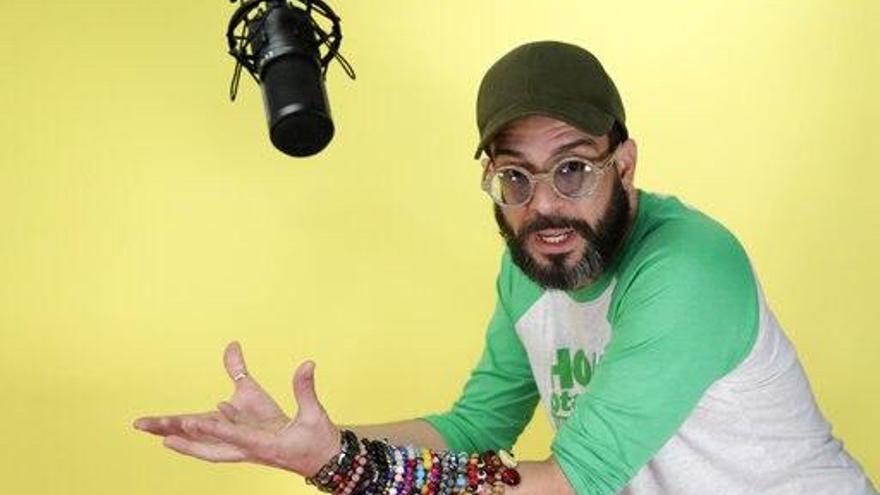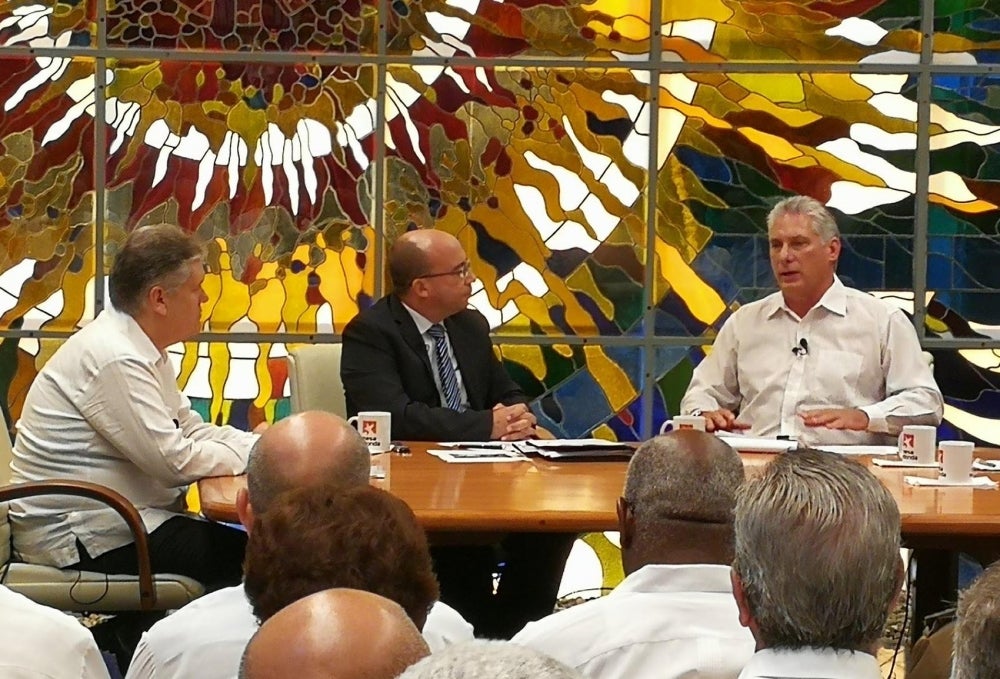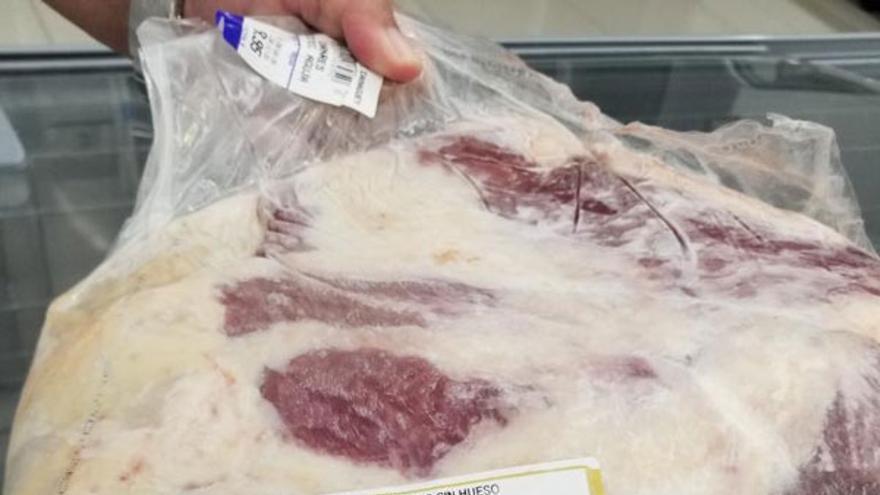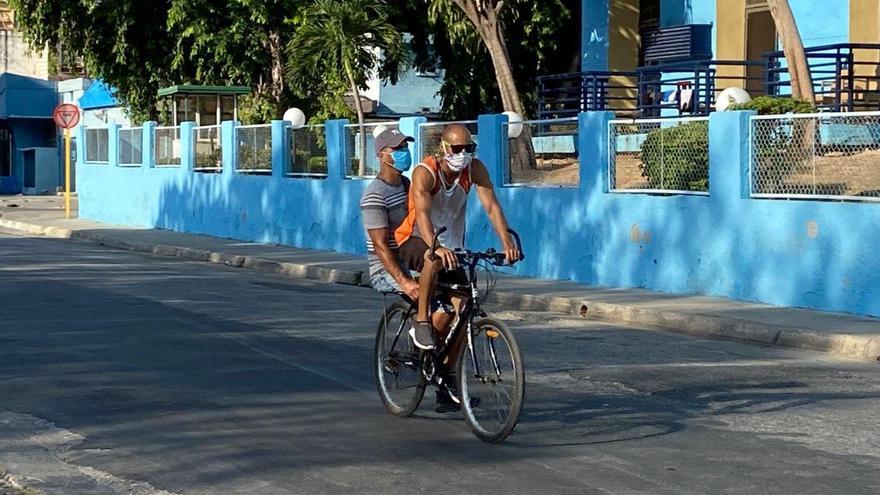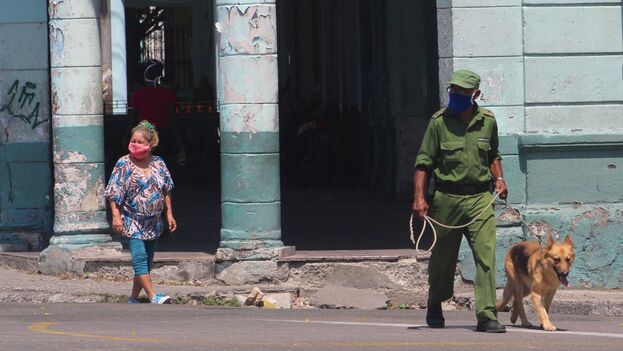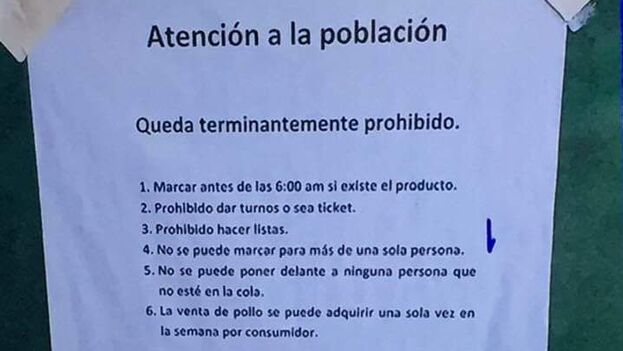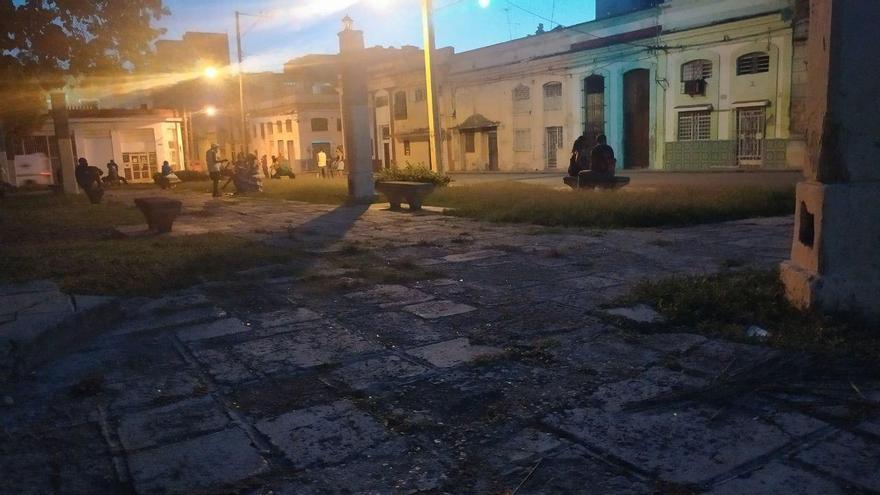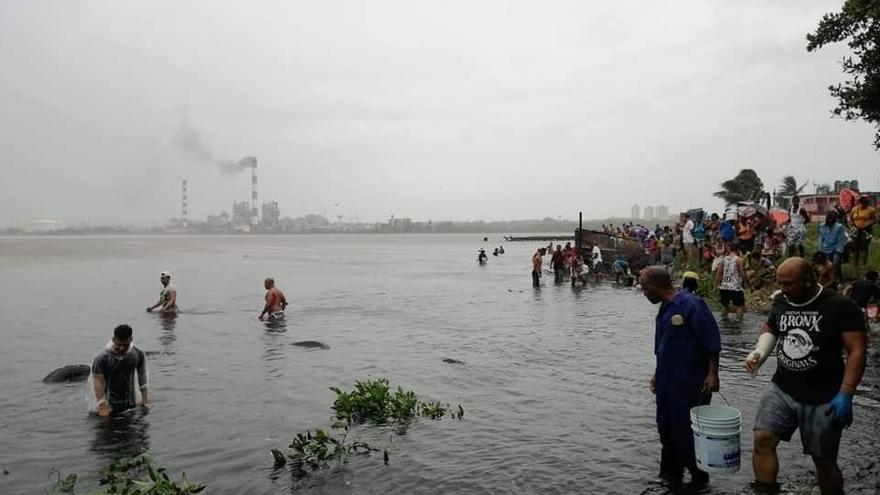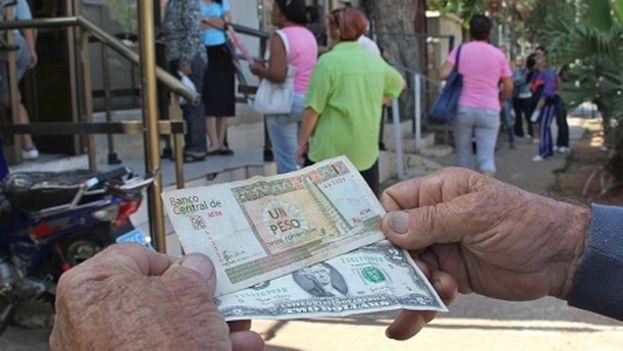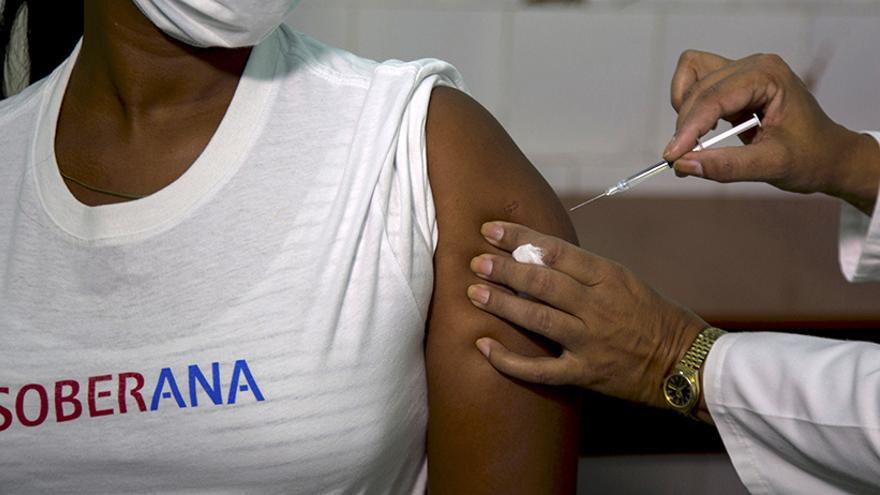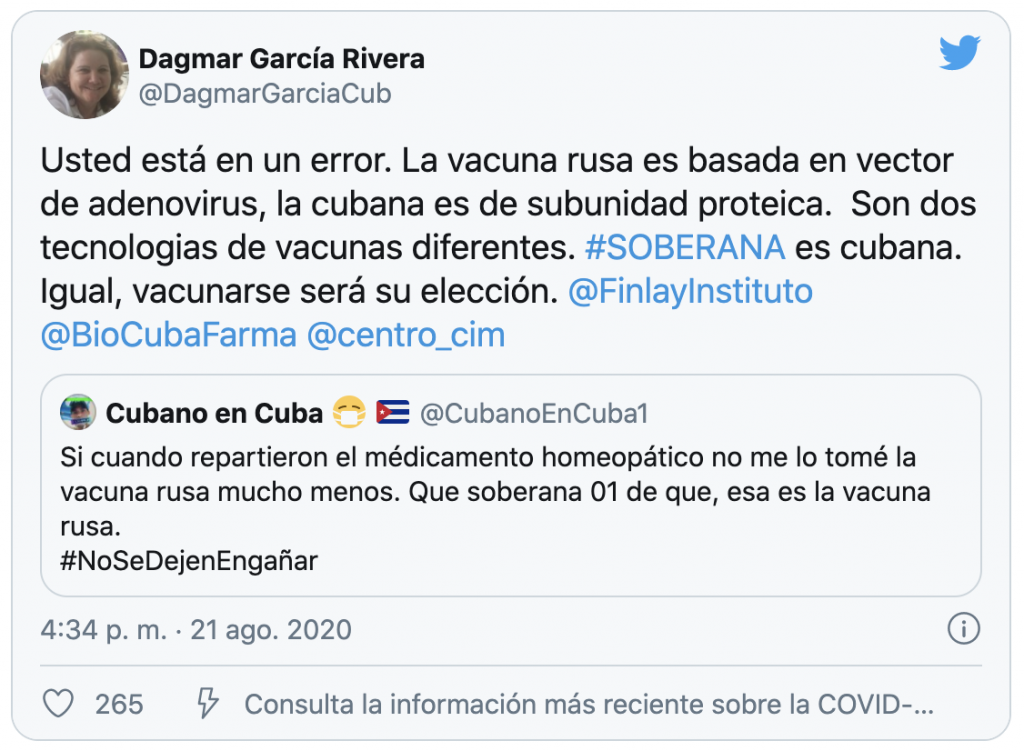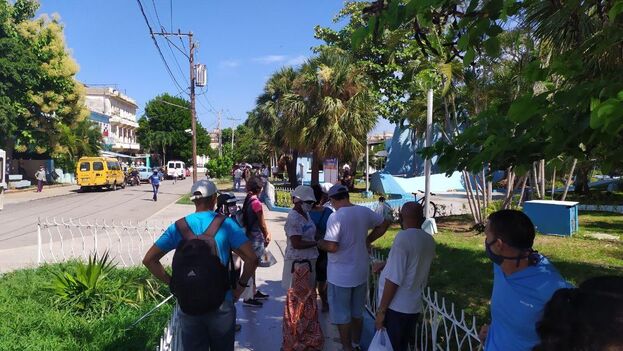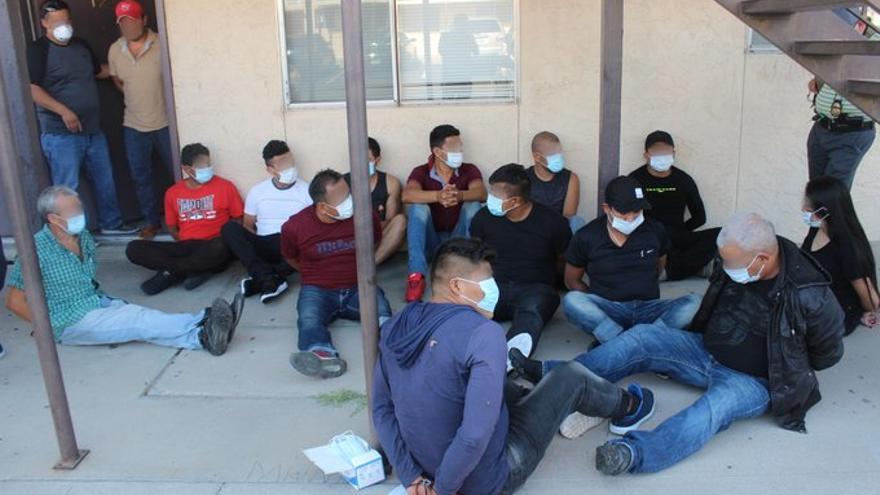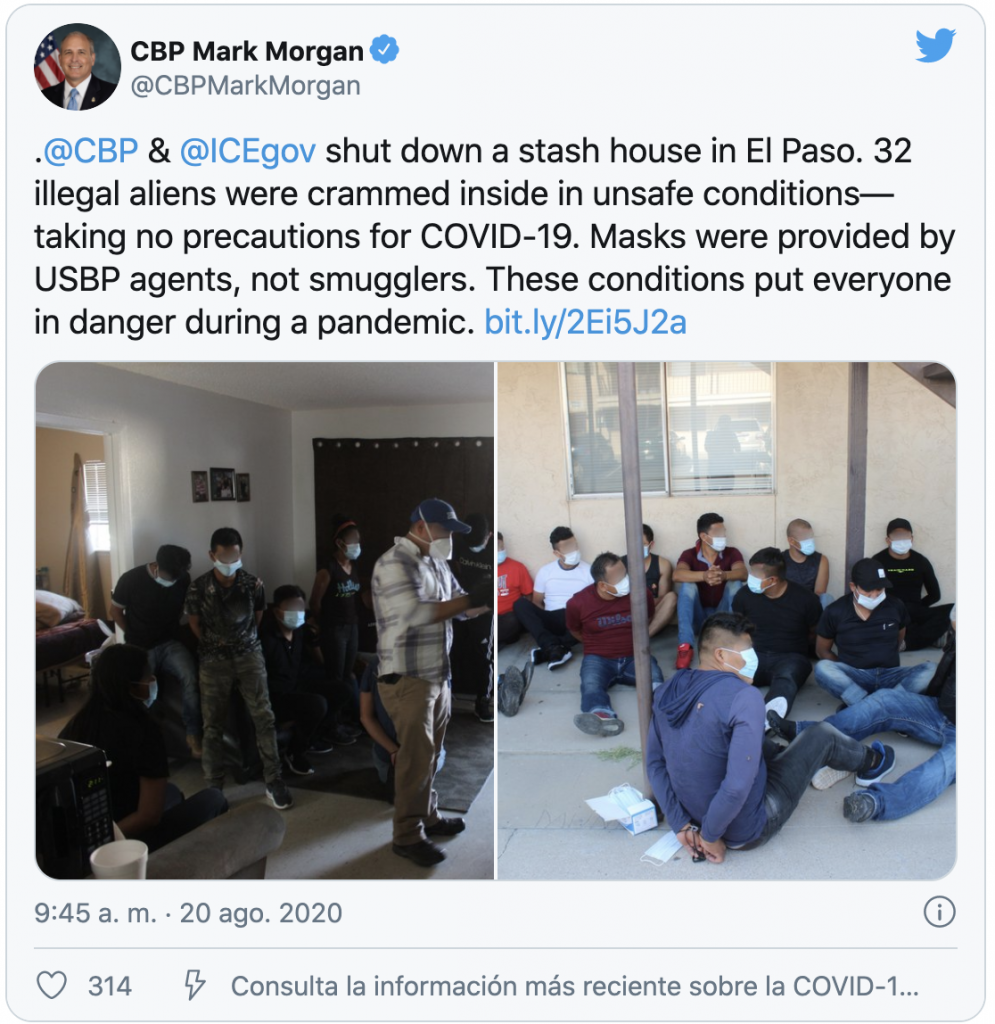While I was living in Cuba — I emigrated almost thirty years ago — I was completely unaware of this chapter of its history. Although I had several friends of Chinese descent, I never stopped to think about the ethnological significance of their presence in the Cuban population.
Many years would pass, after I settled in the United States, before I began to see the understated but noticeable prevalence of Asians in my country. It was a process that began to take shape as I was writing Man, Woman, Hunger, the third novel in the Hidden Havana series, in which the ghost of a Chinese mulatto appears. continue reading
This series was my effort to understand the spirit of the nation, distancing myself from the image marketed to the world’s tourists. The creative premise arises out of a question: What buried elements of our eccentricity have led us to socioeconomic chaos while at the same time giving us a foothold to our cultural and spiritual survival in the face of so much moral and material devastation?
To find my way on this complex journey, which I always suspected would not flow in one direction, I worked with different scenarios. With Havana as their starting point, they delve into various mythical/magical/folkloric dimensions associated with the principle ethnic groups that make up the Cuban people.
Beginning along the well-trodden Spanish and African paths, with their Celtic-Iberian and Yoruba elements, I came upon the Chinese path, whose importance I began to realize as I delved into the socio-economic foundations of the Cuban republic as it existed before 1959, the year the catastrophic change of direction in the island’s political alignment took place.
To my surprise, I did not find any novels that provided in-depth explorations of the Chinese community in Cuba. The number of ethnographic or statistical studies on the island’s Chinese population amounted to only ten. The bibliography I consulted provided immigration statistics and mentioned some culinary traditions, folkloric curiosities, a broad outline of their participation in the war of independence against Spain and other historical data. What was missing was the human context.
What was life like for these immigrants? How did they integrate into a society so different from their own? What did they eat at home? How did they relate to each other and with the rest of the population? What were their pastimes? What were their spiritual beliefs and practices? Did they adopt aspects of other religions like other ethnic groups in Cuba had done? What personal anecdotes could I use as a starting point to shape a fictional narrative based on real life?
I began making inquiries among my acquaintances in order to find direct descendants of Cuban-born Chinese who were living in Miami. This is how I found Alfredo Pong, an architect whom I had recently met but whose address I did not have. First he, and then his mother Matilde Eng, became the main living source material for my novel The Island of Eternal Love.
After long conversations with both of them, I became convinced that it would be a crime not to document everything about this fascinating world, lost in the macabre twists and turns of history. I mentioned this to Alfredo. I knew he was the person best suited to tell it. His father was born and raised in Canton. His mother was a blond Spanish woman, with green eyes, from Chantada, a town in Galicia.
Due to her family’s economic circumstances, his mother was sent to China as a child and adopted by a local family. She learned to speak Cantonese and forgot her native language, so much so that she had to relearn it when she returned to Cuba to get married. She never fully recovered her original language however. When I met her in Miami, she was 73-years-old and spoke Spanish with a syntax so convoluted that at times her son had to translate what she was telling me.
How this Spanish woman came to Cuba to marry a Cantonese immigrant is one of the stories told in this book. In the midst of the family drama, the author also provides an extraordinary account of the political climate of the time. He had a unique vantage point: some of his intimates and relatives had access to certain key players in the island’s political and social scenes.
Among the most valuable aspects of this book are the Chinese-Cuban recipes. Beginning in the mid-19th century, the influx of workers from Canton, and their subsequent intermingling with the island’s population, led to a unique culinary fusion. The Cantonese immigrants arriving from Canton — first as economic migrants fleeing famine and later as political expatriates fleeing the war — began their new lives in almost total isolation, a group for whom the food, habits and language of their hosts were completely alien.
Little by little, through the growth of family and business alliances, they began to prosper. Over the course of two generations, they managed to create a solid and highly regarded economic structure.
The scarcity of women in these immigration waves and the difficulties of arranging marriages, as was the custom in China, encouraged interracial marriages with white, mulatto and black women on the island. This gradually led to a cultural fusion of the traditions of both spouses.
Unlike what goes on in Cuban families, where women are always the cooks, in nuclear families where the husband is Cantonese, it is the men who are responsible for food preparation. Since they had grown accustomed to cooking for themselves, Chinese immigrants continued doing the same after starting their own families. This led to the creation of a diet that adapted Cantonese recipes to Cuban ingredients. From this was born a culinary fusion that existed nowhere else and that reached its zenith in the most famous Chinese restaurant of pre-revolutionary Havana: El Pacifico.
This spot became the reference point and mandatory mecca for the most emblematic examples of Chinese-Cuban cooking. But after the political changes that began in 1959, many of the original dishes disappeared. Due to food shortages, recipes were altered and original ingredients were replaced. Those who had grown up with the older versions were emigrating or dying off.
The book’s author, who as a child worked in the kitchen in this iconic restaurant, collects these recipes in his book. His memory and his skill as a cook have allowed him to preserve recipes for such well-known dishes as fried rice and wontons, whose Chinese-Cuban versions differ from those served in other countries.
Pong also takes us into the heart of Chinatown and its surrounding neighborhoods, with their famous laundries, their opium dens, their games of chance, such as the famous Cuban charada,* their fruit flavored ice creams and other traditions that still survive today, though often in adulterated forms, in the collective memory.
With Pong as tour guide, we travel the long, complex path of immigrants who were little more than slaves when they arrived on the island. This migration culminated in the creation of a social stratum in which almost every family created businesses that prospered until a catastrophe similar to the one that drove them from their native Canton forced them to emigrate once again.
Among the many revelations that appear in the book, one unusual example stands out: the hidden but ubiquitous presence of Chinese sorcery. It is common knowledge that ethnological studies on the spirituality and creeds of specific communities are usually written by outsiders (almost always academic researchers) who collect the information “at a distance,” without being followers of those belief systems or having shared the experiences described by their subjects. That is not the case here.
Through his memoirs, the author allows us to become participants in an enigmatic past based on his own experiences. These could be described as magical, paranormal or esoteric based the conventions by which these type of experiences are usually described. And yet some of his most implausible occurrences are within the realm of reality.
Unlike other similar belief systems, Chinese black magic is so secretive that few have ever heard of it. And those who are aware of it have never been able to uncover its mysteries, much less study them. However, its scope has been recognized by several researchers, notably the anthropologist Lydia Cabrera. In The Mountain, her seminal work on Afro-Cuban beliefs and rituals, she repeatedly discusses one distinctive feature: “Chinese magic is reputed to be both the most dangerous and most powerful of them all. And as Afro-Cubans say, only someone who is Chinese would be able to defeat it. The terrible truth is that no Chinese will undo a curse that a compatriot has placed on someone.”
After decades of patient persistence and tenacity, researchers such as Cabrera were able to uncover the secrets of Afro-Cuban religions by gaining the confidence of its priests and practitioners. The same could not be said of Chinese sorcery.
Cabrera mentions the case of of one of her sources, José de Calazán Herrera, a man who was already steeped in the world of Afro-Cuban witchcraft. Though he had trekked all over the island to learn more about Chinese sorcerers, he “could never uncover any of their secrets or learn anything from them.” His did reveal some discoveries: “that they eat a paste made from the eyes and brains of bats, which was believed to be excellent for preserving eyesight; that they a make a very potent poison from lettuce; that they use a ceremonial lamp in religious devotions that, when lit, shines brightly but does not burn; that they always keep a full container magic water behind a door that they throw behind the backs of people they want to harm; that they feed their dead very well.”
The italics that appear in the quote above are mine. I have added them because the assertion plays an important role in the last part of this account. The existence of a poison extracted from lettuce — impossible to detect, according to Pong — was a point of interest to Cuba’s Ministry of the Interior, especially to State Security, which imprisoned and threatened a Chinese sorceress with knowledge of its formula to prevent her from revealing it, an incident which sheds light on yet another of the shady tactics the government has been using for more than sixty years.
Incidentally, this episode could also explain certain rumors that for years have swirled through the island’s political history, stories about government ministers, officials and military leaders who fell victim to unexpected but convenient “natural” deaths shortly after being accused of treason and removed from power. Details like this shed light on a world that has, until now, remained hidden but is worthy of further in-depth investigation.
But from whatever perspective someone may want to approach this book —ethnographic, gastronomic, esoteric or simply human — it will undoubtedly lead to a experience that will enrich his or her vision of the Chinese presence in Cuba.
________________________
The book, From Canton to Havana; A History of the Chinese in Cuba (De Cantón a La Habana. Una historia de chinos en Cuba), by Alfredo Pong Eng, is published in Spain by Aduana Vieja.
* Translator’s note: A Cuban lottery that translates common words into numbers. Players select their numbers to play by looking up meaningful words on the chart. Words are often chosen based on their personal significance to individual players.
_______________________
COLLABORATE WITH OUR WORK: The 14ymedio team is committed to practicing serious journalism that reflects Cuba’s reality in all its depth. Thank you for joining us on this long journey. We invite you to continue supporting us by becoming a member of 14ymedio now. Together we can continue transforming journalism in Cuba.
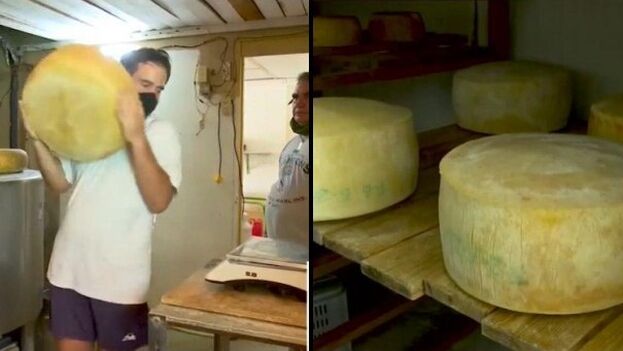
![]() 14ymedio, Yoani Sanchez, Generation Y, Havana, 31 August 2020 – We all have a mouthful that is the best we have ever eaten, a moment when all the taste buds explode with joy and leave an indelible mark on our memory. Mine was in Juchitán de Zaragoza, on the Isthmus of Tehuantepec, in Mexico. He was a small farmer who buried his arms in a white mass in a ramshackle barn, and I was a Cuban eager to try any dairy product.
14ymedio, Yoani Sanchez, Generation Y, Havana, 31 August 2020 – We all have a mouthful that is the best we have ever eaten, a moment when all the taste buds explode with joy and leave an indelible mark on our memory. Mine was in Juchitán de Zaragoza, on the Isthmus of Tehuantepec, in Mexico. He was a small farmer who buried his arms in a white mass in a ramshackle barn, and I was a Cuban eager to try any dairy product.

